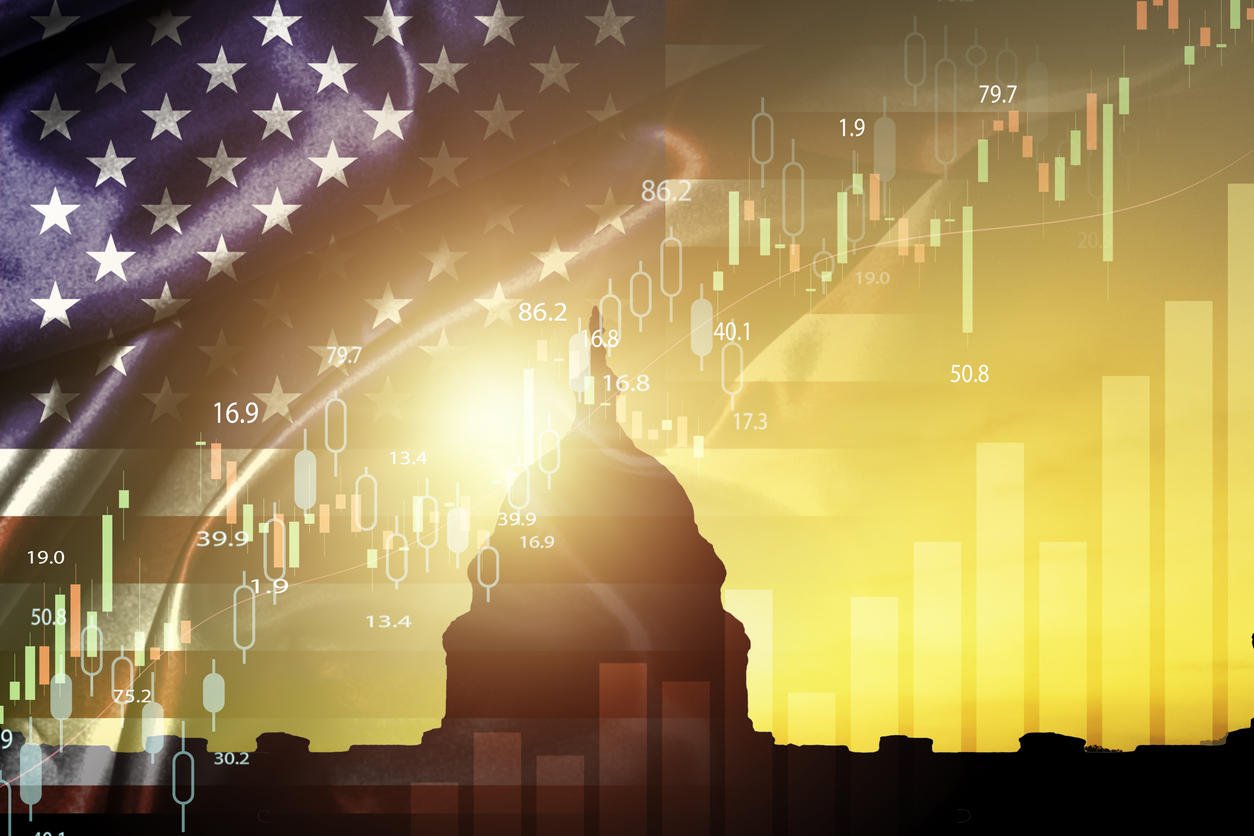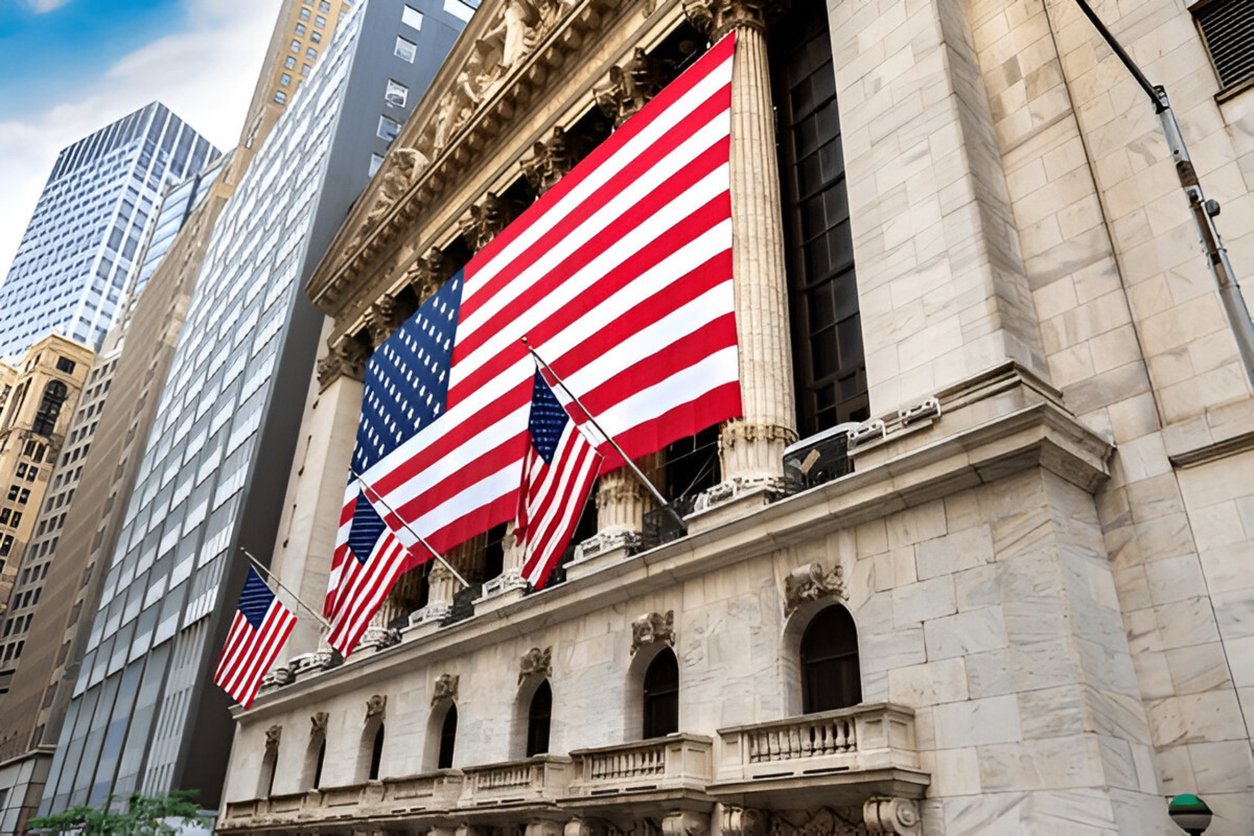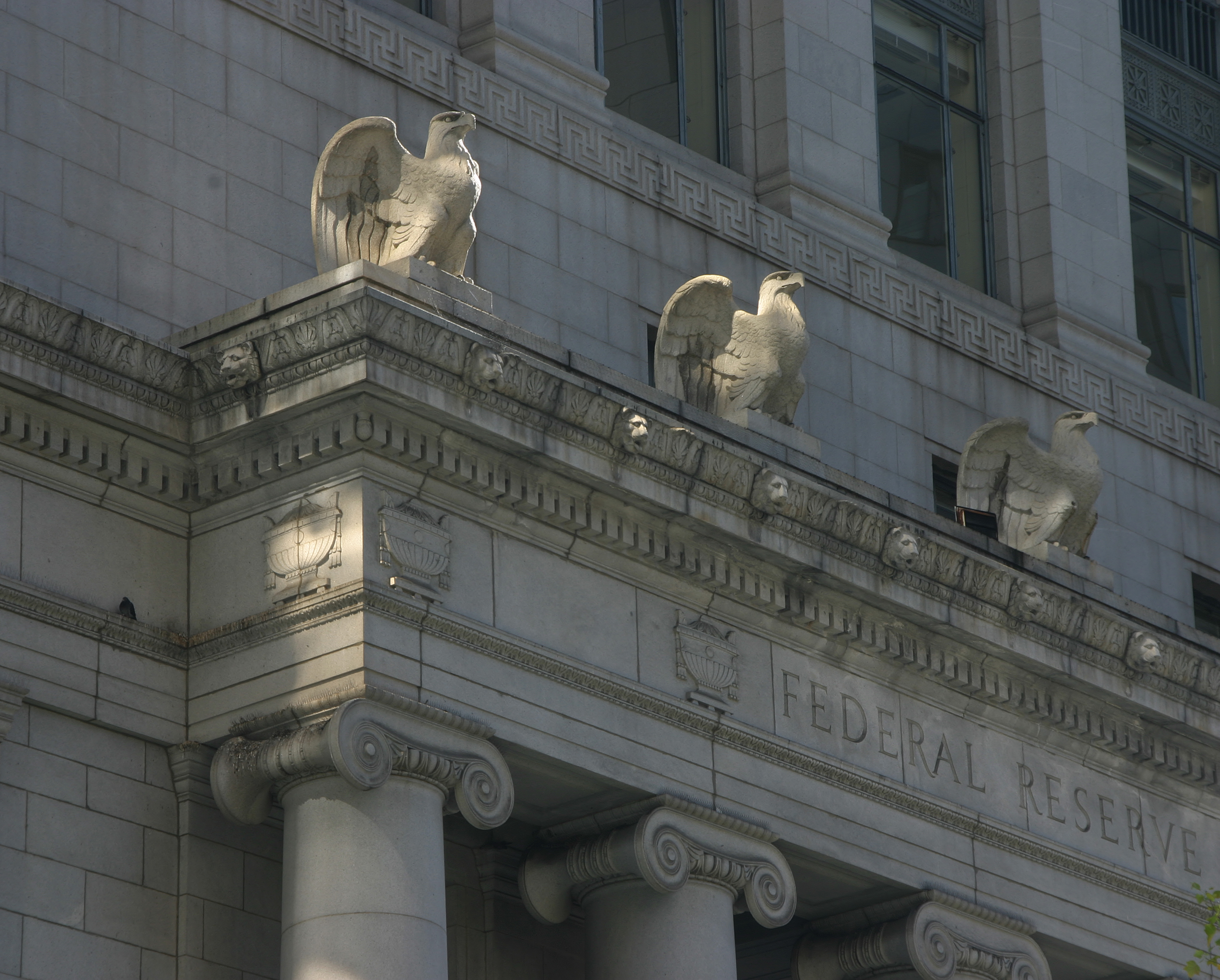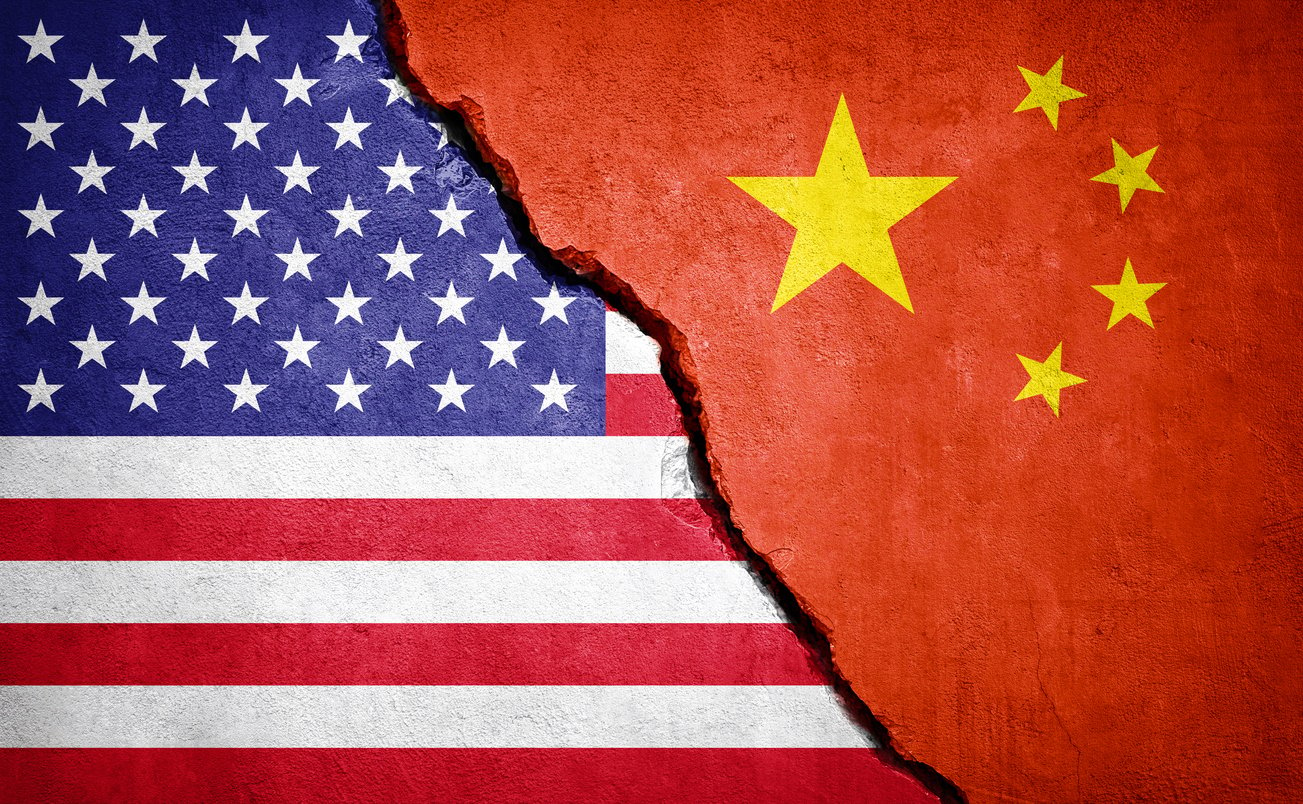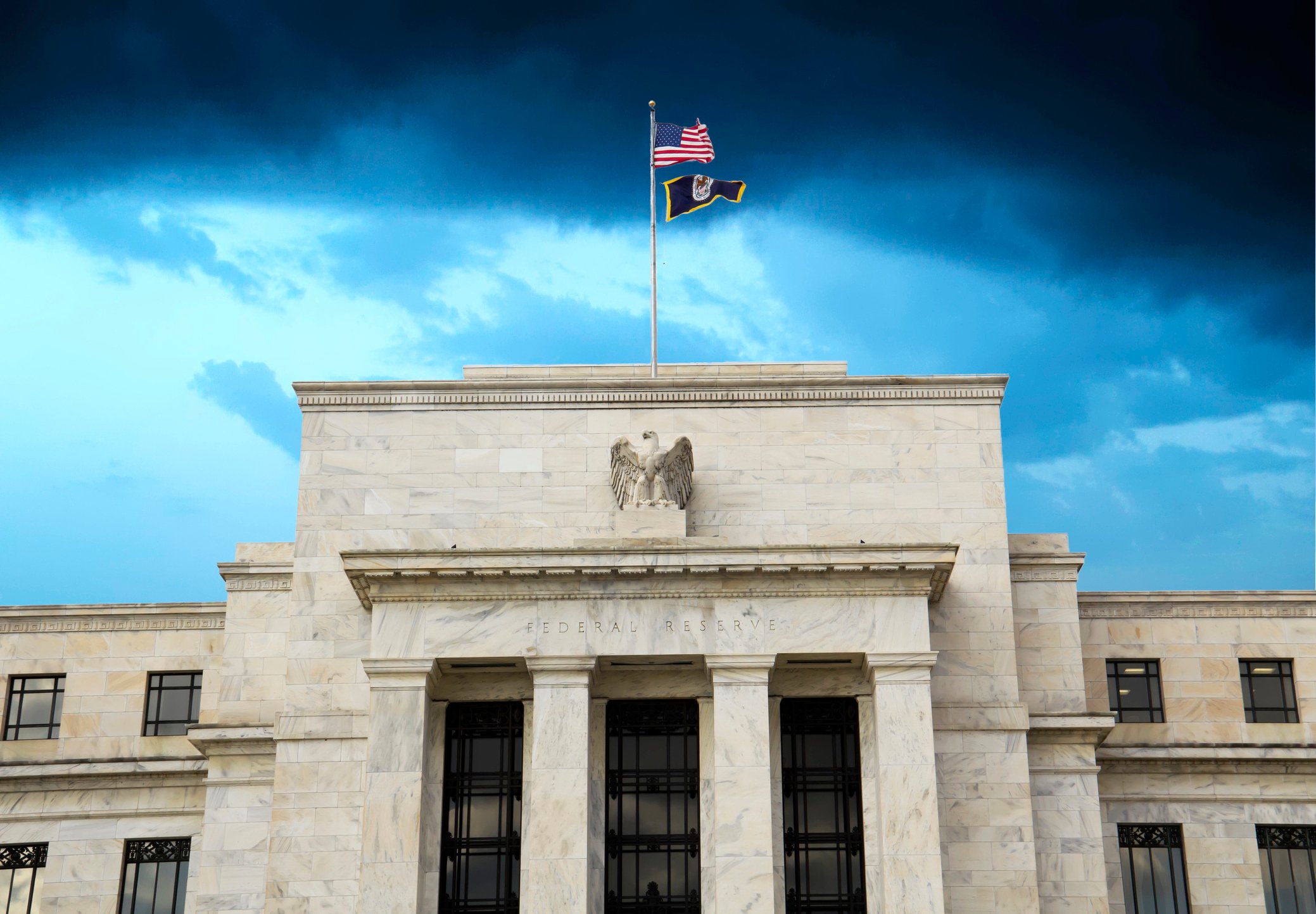U.S. equities saw a sharp reset on Thursday, with the S&P 500 dropping 1.7%, the Dow sliding 1.7%, and the Nasdaq falling 2.3%. The move erased the early-week optimism that followed the end of the 43-day government shutdown and reminded investors how quickly sentiment can shift when the Federal Reserve’s next move becomes unclear. A December rate cut that once looked almost assured now sits closer to a coin toss, and that shift alone was enough to spark a wave of de-risking across the market.
Fed Signals Turn Cloudy
The core of the selloff lies in growing divisions inside the Federal Reserve. Comments from Neel Kashkari, Austan Goolsbee, Susan Collins, and Raphael Bostic all suggested the bar for cutting rates in December is now considerably higher. Inflation remains above the Fed’s target, and the shutdown has disrupted official economic data, leaving policymakers with significantly less visibility than usual.
Without reliable labor and inflation reports—and with analysts forced to lean on private data that captures only part of the picture—the Fed is effectively navigating in a fog. Even Mary Daly, typically one of the more dovish voices on the committee, stressed the need to keep policy “modestly restrictive.” This lack of clarity has made investors hesitant to bet on near-term easing.
Tech Takes the Brunt
This policy uncertainty collided with stretched valuations in megacap technology stocks. High-multiple names—Nvidia, Broadcom, Alphabet, Tesla—led Thursday’s declines as rising Treasury yields pressured long-duration assets and prompted investors to revisit whether recent gains were sustainable.
The tech sector is also facing fresh headwinds. U.S. export restrictions to China, intensifying competition from in-house AI chip development, and large shareholder divestments—such as SoftBank’s major sale of Nvidia shares—added to the selling pressure. Beyond tech, weakness in small caps reflected growing concerns around layoffs, slowing payrolls, and stress among lower-income consumers.
Rotation, Not Collapse
Despite the red screens in tech, other parts of the market held up noticeably better. Value and defensive sectors—industrials, healthcare, and financials—showed resilience as investors gravitated toward lower valuations and steadier cash flows. This wasn’t a broad market breakdown. It was a rotation.
Corporate earnings remain stable, balance sheets are solid, and many executives continue to express optimism for 2026, despite rising short-term macroeconomic noise. What we’re seeing is a recalibration in leadership—not a structural deterioration.
The Real Issue: Missing Data
The biggest challenge isn’t a weakening economy. It’s the lack of credible data. With the October jobs and inflation reports likely never to be released, both the Fed and investors are operating without critical inputs ahead of the December meeting. That vacuum increases volatility, prolongs uncertainty, and makes it harder to gauge the true direction of the economy.
What Investors Should Expect
Until visibility improves—either through new data or clearer communication from the Fed—markets are likely to remain choppy. But once the fog lifts, the backdrop for equities should stabilize, supported by gradual disinflation, healthy earnings, and improving liquidity conditions.
For now, a lower-beta, more balanced positioning makes sense. The recent pullback reflects a necessary repricing of expectations, not the start of a prolonged downturn. As the market adjusts to a more realistic rate path and broader sector leadership, opportunities are expected to emerge heading into 2026.
EXPLORE MORE POSTS
Markets Reprice: Fed Confusion Meets Overheated Tech
U.S. equities saw a sharp reset on Thursday, with the S&P 500 dropping 1.7%,...
Read Moreby Jerry Yuan
Navigating the New Macro Regime: Quantel’s October 2025 Results
Quantel's Premium Portfolios delivered another strong month in October 2025,...
Read Moreby Shyam Sreenivasan
Top 10 Tax Planning Strategies for Hni Commercial Brokers
High-net-worth commercial brokers stand at the intersection of deal-making and...
Read Moreby Irman Singh
Triple Shock Hits Wall Street: Liquidity, Shutdown, Sentiment
U.S. markets are falling due to liquidity stress, government shutdown...
Read Moreby Jerry Yuan
Keep More of What You Earn : Tax Strategies for Physicians
Physicians often find themselves in some of the highest effective tax brackets...
Read Moreby Irman Singh
Trump-Xi Truce in South Korea - A Fragile Pause for Markets
The U.S.–China truce cools trade tensions and supports risk appetite, but it’s...
Read Moreby Jerry Yuan
Intelligent Tax Planning for America’s Wealth Builders
by Irman Singh
Cooling Inflation Paves Way for Fed Cuts, Lifts Equity Sentiment
Cooling inflation data reinforced confidence in a soft-landing scenario,...
Read Moreby Jerry Yuan
Illiquidity: The Silent Constraint in HNwI's Portfolios
Why even substantial wealth can feel inaccessible — and how to design...
Read Moreby Irman Singh
Market Shaken by Renewed U.S. - China Tensions & Credit Fears
Renewed U.S.-China trade tensions and banking concerns triggered a sharp global...
Read Moreby Jerry Yuan
Why a Traditional Financial Advisor May Be Failing You ?
For decades, the traditional financial advisor has symbolized trust, expertise,...
Read Moreby Irman Singh
Fed Minutes Show Split Outlook: Rate Cuts Expected, but Inflation Maintains Caution
Divided Fed, uncertain path ahead — rate cuts are coming, but sticky inflation...
Read Moreby Jerry Yuan
From Insight to Execution: The Algo Way
Algorithmic investing, once the domain of hedge funds and prop desks, has...
Read Moreby Irman Singh
Drug Prices Drop, Pharma Faces a New Game
by Jerry Yuan
AI and Investing : Smarter Decisions, Sharper Insights
Artificial Intelligence (AI) is transforming the way investment decisions are...
Read Moreby Irman Singh
U.S. Tariffs Reshape Markets : Inflation, Supply Chains, and Equity Risks
by Jerry Yuan
The Overlooked Basics of Family Office
Family offices are created to simplify wealth management, protect assets, and...
Read Moreby Irman Singh
First Fed Cut in a Year: Growth Hopes, Softer Backdrop
The Fed’s first rate cut since 2024 signals a cautious pivot as growth stays...
Read More
